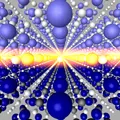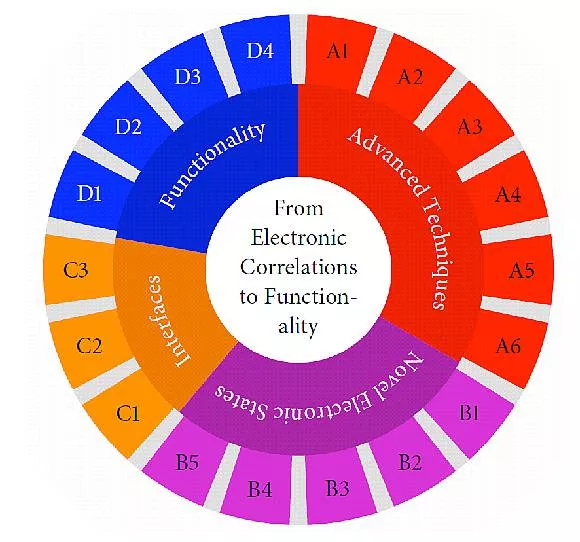A total sum of 8 million euros will be granted over four years. If successful, a prolongation of the transregio up to twelve years and with a total sum of up to 25 to 30 million euros can be possible. The Transregio TRR 80 will examine new materials, which could revolutionize electronic parts or magnetic storage materials. "The FRM II will play an important role", says Prof. Dr. Jochen Mannhart from the university of Augusburg, spokesman of the Transregio TRR 80.
Seven out of 16 granted projects of the Transregio will use neutrons and positrons at the FRM II to characterize new phenomena.
New materials with strongly correlated electrons will enable the development of future generations of electronic devices. Some fifty years ago silicon and germanium became the basic material for all kind of electronic components.
Here, the electrons behave essentially as independent particles. By doping the materials, adding defects and interfaces it was possible to conceive and realise a large variety of devices. A similar development is possible using the far more challenging class of electronic correlated materials. These developments
were enabled by the progress in designing well controlled spatial structures, interfaces and defects. With atomic precision, interfaces connecting different
materials, such as complex oxides can be fabricated by heteroepitaxy.
The joint collaboration of University of Augsburg, TUM, LMU München, Max Planck Institute for Solid State Research Stuttgart and Walther-Meißner-Institute of the
Bavarian Academy of Science is organised in four areas, covering advanced techniques, novel electronic states, interfaces and functionality. It brings together experimentalists and theoreticians all working on complex materials in the Munich-Augsburg region. The FRM II will serve a large number of these groups with neutron and positron beams. One dedicated instrument will be built to investigate the electronic Fermi surface using the angular correlation of the annihilation radiation (ACAR) of positrons. Furthermore, neutron diffraction, neutron reflectometry and high resolution spectroscopy on the three axis instrument TRISP will be used to carry out the research program.

